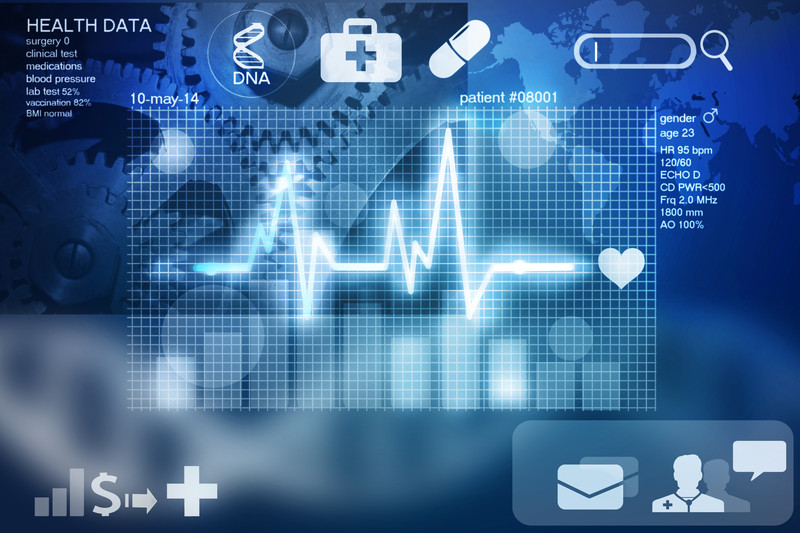
Managing Medical Device Software Projects: Realities and Tips
Very few medical devices consist solely of electro-mechanical technologies these days. Most have firmware to drive the core therapeutic or imaging modalities. Medical device software (including an algorithm to compute results), and data transfer logic connect the devices to hospital networks and populate enterprise data warehouses.
In my experience, writing, testing and debugging medical device software code is much more prone to drive a project over time/over budget compared to more predictable building and integrating tangible components such as hardware, electronics and industrial embodiment. Here are my set of project realities of software development and some tips to manage them.
1. The sky is the limit for new functionality
From remote monitoring of elderly patients to transmitting cardiac data through network protocols, medical device technologies offer an incredible array of therapeutic and imaging possibilities. Software needs to satisfy business and technical requirements such as specific tissue sampling, rapid computing, data generation and transmission. Coding is detailed work and costly to develop.
Managing Tips:
-
- List the most important functionality requirements (e.g., calibration auto-routine, sampling rate for representative tissue response behavior, algorithm for score calculation).
- Limit the number of enhancements to a manageable number.
- Establish acceptance criteria for functional requirements and enhancements based on clinically validated accuracy level.
- Assemble a software development team with the right skill set. Ensure that the user-interface is designed to support your workflow.
- Obtain status reports weekly, but do not interrupt software developers and programmers while they work!
2. Software development is never finished
Many software projects have been known to go over schedule in order to fix a list of thousands of software issues. Some are fairly minor (e.g., wrong decimal display), while others are significant and will impact clinical results (multiple critical data numbers creating computing errors). Software development and testing (unit, system, and integration) can take months. How can you accurately forecast the end of this process?
Managing Tips:
-
- Set a clear start and end (also known as a project)! Otherwise, you will find yourself in perpetual software maintenance mode constantly fixing issues, tweaking functionality, and improving performance.
- Remain flexible. While starting with a well-defined waterfall plan, adopt an agile approach after the first set of code is released. A software development project rarely goes according to plans. Issues arise and fixes at times create new issues downstream. Seem familiar? Systematically maintain a list of issues and document sources, severity, and urgency. Review software issues on a weekly basis and prioritize them within the allowable time frame.
- Chunk the work, review it as a team, and mark progress. It is a good idea to have design review gates related to functionality. This provides a sense of accomplishment and progress. The gates can be established around the major functional requirements identified in Section 1 above.
3. Integrating a Medical Device into hospital networks and the electronic health record (EHR)
In the USA, the Health Information Technology for Economic and Clinical Health (HITECH) Act of 2011 stimulated the adoption of electronic health records for most health care centres because of a built-in financial incentive. Such legislation has translated into the need for medical devices to be designed to connect to hospital networks and comply with corporate functionality such as alarm notification, remote surveillance, data aggregation, and support of clinical documentation[1].
Managing Tips:
-
- Early on in the project determine connectivity requirements for the clinic/hospital/health centre(s) that you need to connect with and download data to.
- Get familiar with security, privacy and encryption of data. Medical devices with computerized systems are scrutinized and assumed capable of causing malware. Cyber-security is of prime importance during an integration project. Make sure that users have specialized access based on their roles. Adopt the philosophy of less is safer, meaning that the least amount of functionality should be provided to a user while fully enabling the individual.
- In October 2014, the FDA issued a guidance for the Content of Premarket Submission for Management of Cybersecurity in Medical Devices. Make sure you are familiar with the recommendation.
Don’t let uncertainty around duration and cost of software development intimidate you. It is a necessary evil that will allow your device to perform to requirements, control the electronics, drive the instruments, measure clinical parameters and successfully create data packets for hospital transmission.
Key is to add structure in your project, set priorities for the development of functionality and a limit the number of issue fixes for the first generation.
[1] Clinical Documentation is defined as the platform that provides a clinician with the ability to record patient observed signs, manually measured parameters, patient comments, and results of medical treatments in the electronic health record (either in analog text format or digital selections).
Martine Janicki, PhD, PEng, PMP is Senior Clinical Facilities Planner at Fraser Health Authority and former StarFish Medical PMO. Her project management systems and philosophies guide our project managers in product definition and development.
Image: ID 20419075 © nevarpp | Canstockphoto.com
Read our software engineering team’s tips and suggestions covering Software in medical devices, FDA, Software as a Medical Device (SaMD), risks, cybersecurity, and Open Source software.
